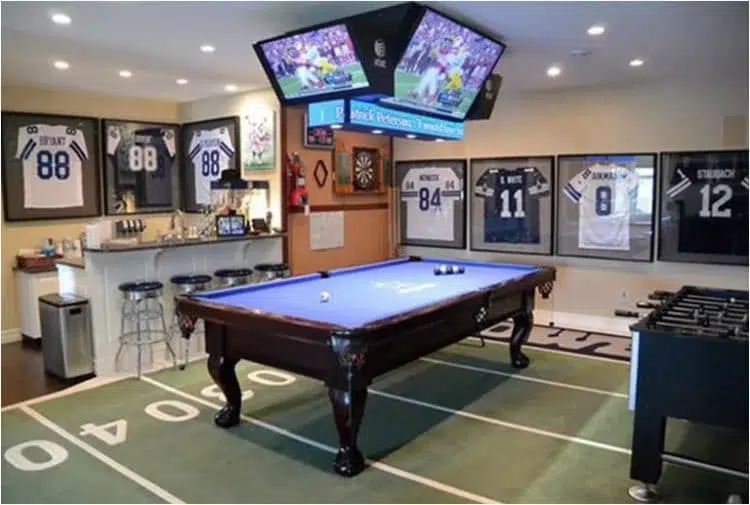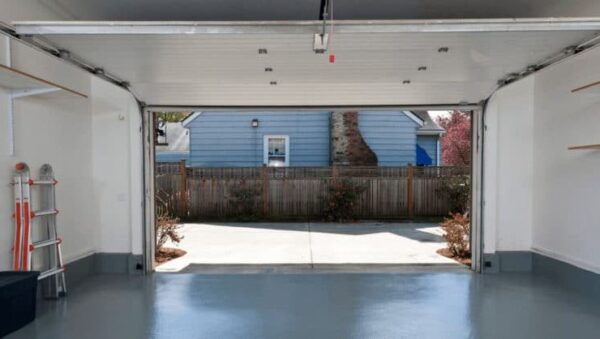Running a water line to a detached garage involves careful planning and execution to ensure proper functionality and compliance with local regulations. Here’s a comprehensive guide to help you understand the process:
Check Local Regulations:
- Permits: Check with your local municipality about necessary permits for running a water line. Regulations can vary widely.
- Codes: Ensure your project adheres to local building codes and regulations. Some areas might have specific requirements for buried pipes, insulation, and backflow prevention.
2. Plan Your Route:
- Map it Out: Plan the route from your main water supply line to the garage. Avoid obstacles like trees, existing structures, and utility lines.
- Depth: Buried pipes should be below the frost line to prevent freezing. The depth depends on your location’s climate.
3. Choose the Water Line Material:
- PEX: PEX pipes are flexible, making them easy to install. They resist freezing and corrosion.
- CPVC/Copper: CPVC and copper pipes are durable but might be harder to install due to their rigidity.
4. Gather Tools and Materials:
- Pipes: Get the required length of pipes, considering the distance from the main supply to the garage.
- Fittings: Collect tees, elbows, and couplings as needed for your chosen pipe material.
- Shutoff Valves: Install valves both at the main supply and in the garage for easy maintenance.
- Insulation: If your area experiences freezing temperatures, insulate the pipes to prevent freezing.
- Trenching Tools: If you’re burying the line, you’ll need tools like a trencher or a shovel for digging.
5. Dig and Install:
- Dig Trenches: Dig trenches along the planned route. Ensure the depth is below the frost line and slope the trench slightly if needed for drainage.
- Lay Pipes: Install pipes, connecting them with appropriate fittings. Consider using a pipe sleeve where the pipe passes through walls or concrete to prevent abrasion.
- Install Valves: Place shutoff valves at both ends of the line. Install a backflow preventer to keep the water supply safe.
- Insulate Pipes: If necessary, insulate the pipes with foam sleeves to protect against freezing.
6. Pressure Test and Inspect:
- Pressure Test: Before burying the pipes, conduct a pressure test to ensure there are no leaks. Fix any issues found during the test.
- Inspect Regulations: Have your installation inspected to ensure it complies with local regulations. This step might be necessary to finalize your permit.
7. Backfill and Restoration:
- Backfill: Carefully backfill the trenches, compacting the soil gently as you go to prevent settling.
- Restoration: If you disturbed any landscaping or structures, restore them to their original condition.
8. Maintain and Prevent Freezing:
- Regular Checks: Periodically inspect the pipes and connections for leaks or signs of wear.
- Winter Preparation: If your area experiences harsh winters, take precautions like draining the system or adding antifreeze solutions to prevent freezing.
9. Consider Professional Help:
- Complex Installations: If your project involves complex plumbing or if you are unsure about any step, consider hiring a professional plumber.
- Legal Compliance: Professionals are well-versed in local regulations and can ensure your project meets all legal requirements.
Always prioritize safety and compliance with regulations during the process. If in doubt, consult with a local plumbing professional to ensure your detached garage’s water line installation is done correctly.





